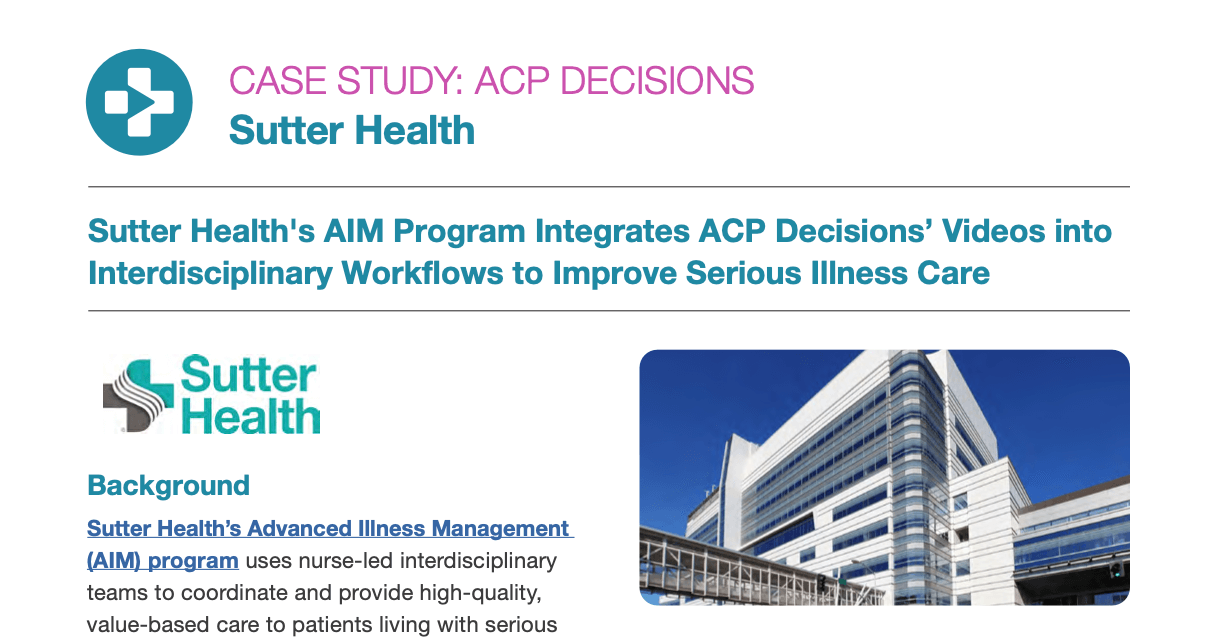IMPLEMENTATION | April 22, 2020
A Planning Checklist: Do Your Homework Before Implementation
Reading Time: 4 minutes

Quality improvement (QI) initiatives are key to improving clinical outcomes, enhancing patient experience and reducing costs within healthcare organizations. However, an estimated 70% of large-scale change programs fail. Unfortunately, performance improvement efforts that are poorly executed result in very little – if any – sustainable change, while using up time, money and resources.
There is a popular adage that says, “If you fail to plan, you are planning to fail.” This certainly holds true in the world of healthcare QI improvement projects. Research has found that the biggest reasons for improvement initiatives failure are poor planning and overly aggressive timelines.
The value of a well-thought-out plan cannot be underestimated. No matter what approach your organization is using for implementation – PDSA, Lean, Sigma Six – it is imperative to do your homework first. That means mapping out exactly who will be involved in the change, what it will look like, when the deadlines will be and how implementation will happen.
Here are five steps your organization can take to ensure your bases are covered before QI implementation:
Get Everyone on Board

Prior to implementation, it is vital to make sure you have the right people on board. Lack of buy-in and ownership from leadership as well as key stakeholders are very likely to ground your initiative from the start.
Your team will need to gain support from all stakeholders to carry out shared goals and a common mission. Leadership will play a strong role in setting the tone of the importance of the change, communicating the vision and demonstrating commitment to the initiative. Forming a multidisciplinary team that includes frontline clinicians and staff will encourage a more coordinated and cooperative approach to achieving the quality objectives.
Part of this process should also involve planning out what training or competencies will be needed for clinicians, staff members and new hires.
Establish Resources
Not having enough funds, staff, technology and time to support implementation are sure to sabotage your efforts. Your plan should detail a realistic time commitment for staff to achieve initiative goals, any anticipated expenses associated with implementation and what technologies and tools will need to be on hand to carry out change. Ensure that budget and resource allocation is sufficient to support your plan and sustain improvement.
Set Realistic Goals

Once your team has identified a quality problem, you need to clarify what the initiative will try to achieve. The following three steps will guide this process:
- Develop a specific aim statement
- Identify a specific target for improvement
- Determine how to measure improvement
The aim statement may include an overarching, long-term goal as well as a more specific SMART aim. A SMART goal should be specific, measurable, actionable, relevant and time bound.
You want your overall goal to be supported by performance metrics that will help you assess whether a change is resulting in improvement. Be sure to select measures that address the most important aspects of the improvement – using too many can potentially result in information overload on the staff. It’s also important to establish how to collect the data and how to communicate it with staff members.
Identify Challenges and Barriers

It’s important to take the time to do an environmental scan to identify and assess any risks to your QI project. This step involves brainstorming with your team to identify any challenges or barriers that may block the success of the implementation. Examples include lack of training, inadequate staffing levels, outdated policies, resistance from staff, fear of change or failure, competing initiatives, etc. Create a contingency plan that would mitigate each identified risk.
Create a Communication Plan

Lack of communication can stop implementation in its tracks. In addition to understanding why change is needed, stakeholders need to know how they are contributing. A key piece of your plan should be a schedule of specific information to be communicated, the target audience for each communication, the means through which it will be communicated, and the frequency.
You can use a combination of communication methods, such as:
- Staff meetings
- Huddles
- Employee newsletters
- Dashboard reports
- Bulletin boards
QI is a team effort that require focus, engagement and multidisciplinary support. While there is no guarantee of success, having a plan to use as your roadmap is the best strategy for reaching your team’s objectives. There really is no substitute for taking the time to develop a comprehensive plan for initiative implementation.
Implementing a new advance care planning initiative or interested in improving the advance care planning process at your organization? ACP Decisions can help. Contact us today to learn more!
You might also like...

Sutter Health’s AIM Program Integrates ACP...
CASE STUDIES, IMPLEMENTATION | < 1 MIN READ


